
Security News
vlt Launches "reproduce": A New Tool Challenging the Limits of Package Provenance
vlt's new "reproduce" tool verifies npm packages against their source code, outperforming traditional provenance adoption in the JavaScript ecosystem.
Processing.rb enables you to write various Processing sketches in Ruby easily.
Compared to similar tools, Processing.rb has the following features:
The following are screenshots of the examples of Processing.rb. Click each image to view the source code.
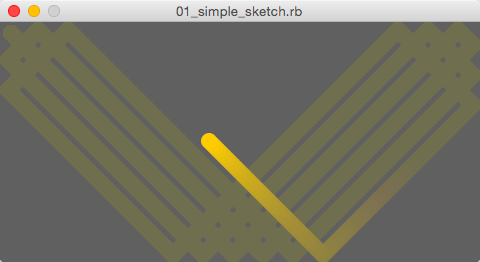
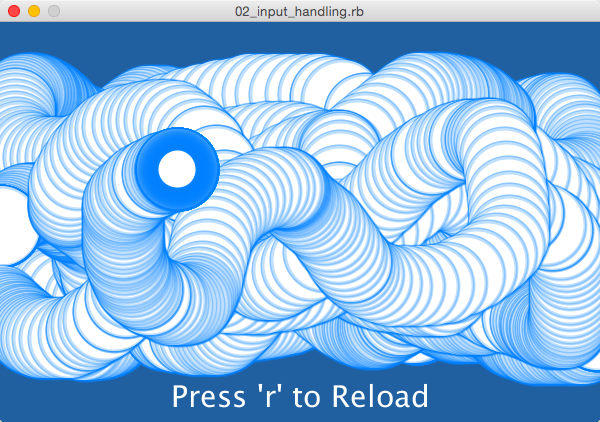
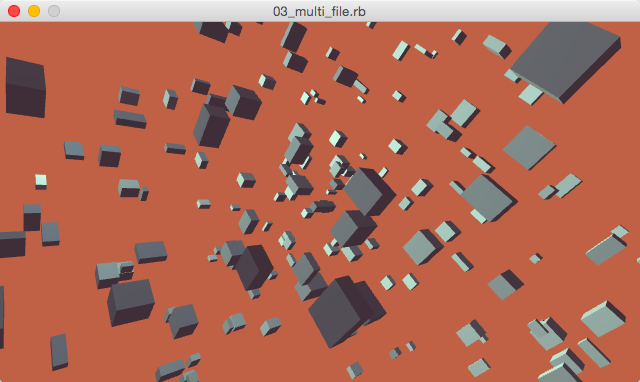
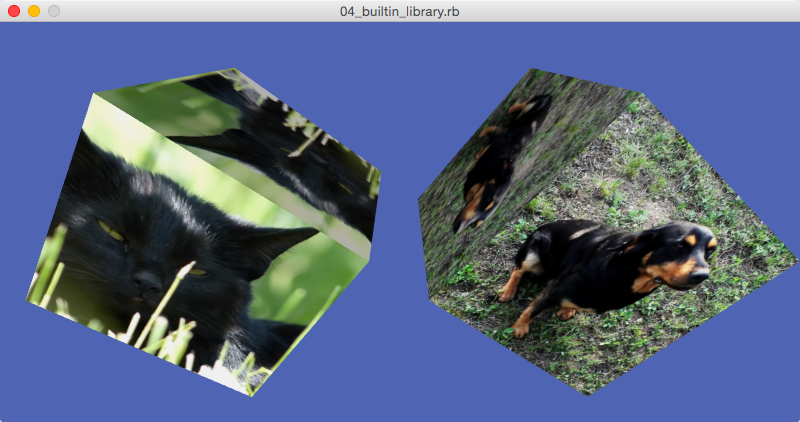
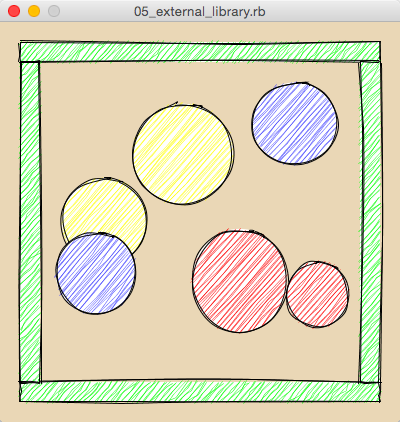
In order to use Processing.rb, installation of Ruby and Java is required. Each tool can be obtained from the following sites:
Processing.rb can be installed with the gem command of Ruby.
gem install processing.rb
If a permission error occured while installation, please add the sudo command at the head of the above command.
In a proxy environment such as in an office, please add a proxy configuration as -p option at the end of the above command, such as -p http://proxy.hostname:port.
After installation, the examples of Processing.rb can be copied to the ~/processingrb_examples directory with the following command:
setup_processingrb_examples
In Processing.rb, a sketch is created as a derived class from the Processing::SketchBase class. And it starts rendering by calling the Processing.#start function.
require 'processing'
class Sketch < Processing::SketchBase
def setup
# implement your own setup code
end
def draw
# implement your own draw code
end
end
Processing.start(Sketch.new)
In the Processing::SketchBase class, the constants of Processing in Java such as HALF_PI can be used as the same name. Regarding the functions and variables of Processing, their names are snake-cased. For example, no_stroke in the case of noStroke in Java.
Please check the actual code in the examples.
A sketch file can be run in the same way as a usual Ruby code.
ruby [sketchfile]
Only for the first time, JRuby and Processing will be downloaded to the ~/.processing.rb directory. The proxy setting to download will be asked at that moment. Please input it or just press Enter without any input if not necessary, and wait for a while.
While the sketch file is running, it will be reloaded automatically when the .rb files in the same directory are updated.
The information of the keyboard and mouse can be obtained in the same way as Processing in Java.
But please note that the keyPressed and mousePressed methods in Java are renamed to key_pressed? and mouse_pressed? to avoid duplication of the method names.
def draw
if mouse_pressed?
ellipse(mouse_x, mouse_y, 10, 10)
end
end
def key_pressed
Processing.reload if key == 'r'
end
This example draws circles when the mouse button is pressed, and restarts the sketch when the R key is pressed.
An extension library for Processing can be used in Processing.rb in the same way as Processing in Java.
For example, in the case of the sketch uses the video extension library like this:
import processing.video.*;
Movie movie;
void setup() {
movie = new Movie(this, "sample.mov");
movie.loop();
}
In Processing.rb, it goes as follow:
Processing.load_library 'video'
Processing.import_package 'processing.video', 'Video'
class Sketch < Processing::SketchBase
def setup
@movie = Video::Movie.new(self, Processing.sketch_path('sample.mov'))
@movie.loop
end
When a file path for a Java library is specified in Processing.rb, it should be an absolute path. So this example uses the Processing.#sketch_path function to convert the relative path from the sketch directory to the absolute path.
In the case of using an extension library not bundled in Processing, please make the libraries directory in the same directory as the sketch file and place the library in it.
With passing optional parameters to the Processing.#start function, the both an editor screen and a sketch window can get more visible. It helps with editing code in parallel with checking its rendering result.
Processing.start(Sketch.new, topmost: true, pos: [300, 300])
The options of the Processing.#start function are as follows:
| Option | Description |
|---|---|
| topmost: | When its value is true, the sketch window always appears in the topmost. |
| pos: | The sketch window appears in the position [x, y]. |
The Processing module provides the classes and methods for a Processing sketch.
| Constant | Description |
|---|---|
| SKETCH_FILE | The path of the sketch file in the absolute path |
| SKETCH_NAME | The name of the sketch file without the directory |
| SKETCH_DIR | The directory of the sketch file in the absolute path |
| Class | Description |
|---|---|
| SketchBase | The base class of a Processing sketch |
| Method | Description |
|---|---|
| load_library(name) | Loads the specified Processing library |
| load_jars(dir) | Loads all of the .jar files in the specified directory |
| import_package(package, module_name) | Imports all of the classes in the specified Java package to the specified module |
| sketch_path(path) | Converts the relative path from the sketch directory to the absolute path |
| start(sketch, topmost: false, pos: nil) | Starts to render the specified sketch instance |
| reload | Reloads the sketch file manually |
Processing.rb is under MIT license. Feel free to use it.
Have fun!
FAQs
Unknown package
We found that processing.rb demonstrated a not healthy version release cadence and project activity because the last version was released a year ago. It has 1 open source maintainer collaborating on the project.
Did you know?

Socket for GitHub automatically highlights issues in each pull request and monitors the health of all your open source dependencies. Discover the contents of your packages and block harmful activity before you install or update your dependencies.

Security News
vlt's new "reproduce" tool verifies npm packages against their source code, outperforming traditional provenance adoption in the JavaScript ecosystem.

Research
Security News
Socket researchers uncovered a malicious PyPI package exploiting Deezer’s API to enable coordinated music piracy through API abuse and C2 server control.

Research
The Socket Research Team discovered a malicious npm package, '@ton-wallet/create', stealing cryptocurrency wallet keys from developers and users in the TON ecosystem.